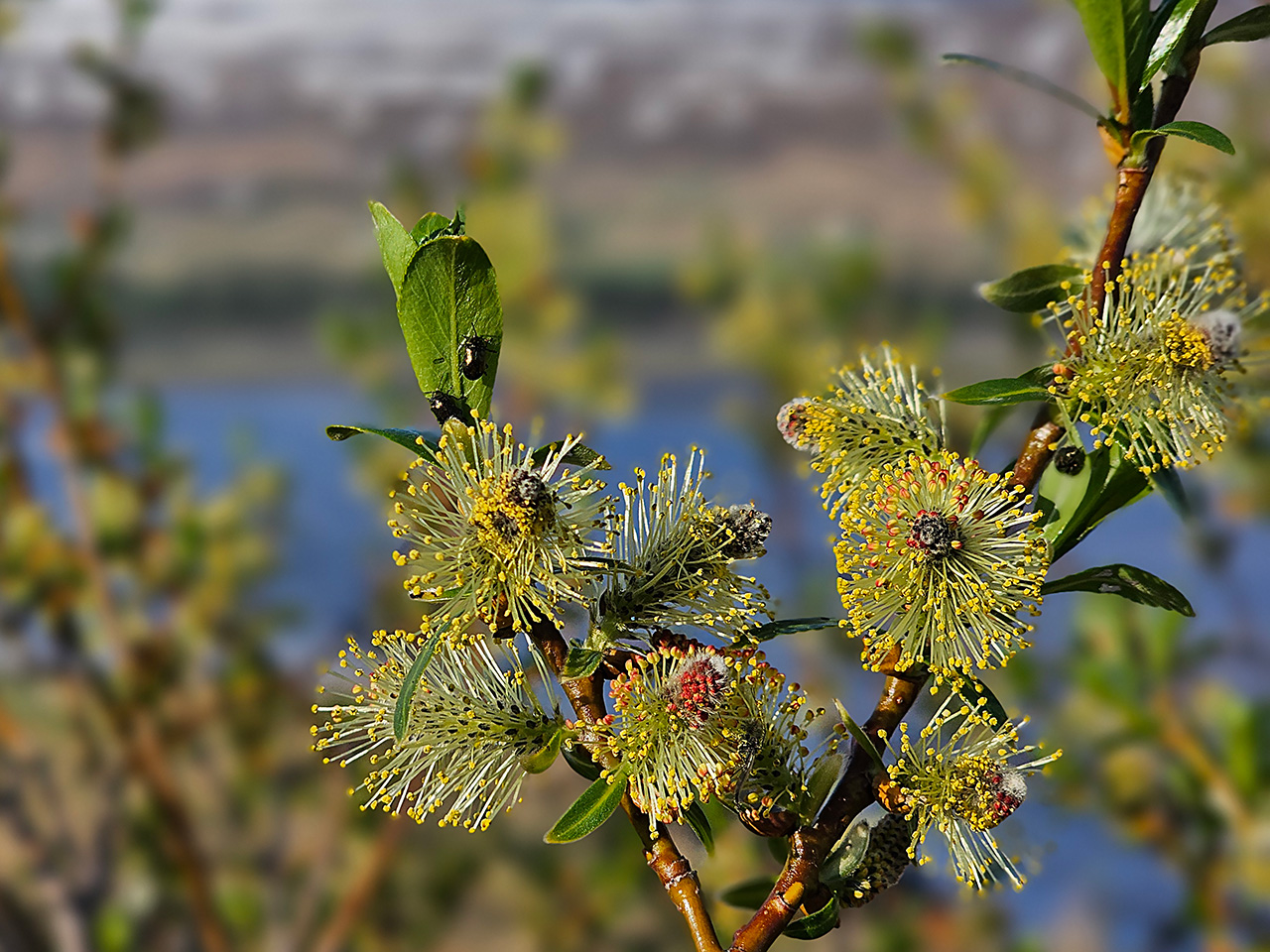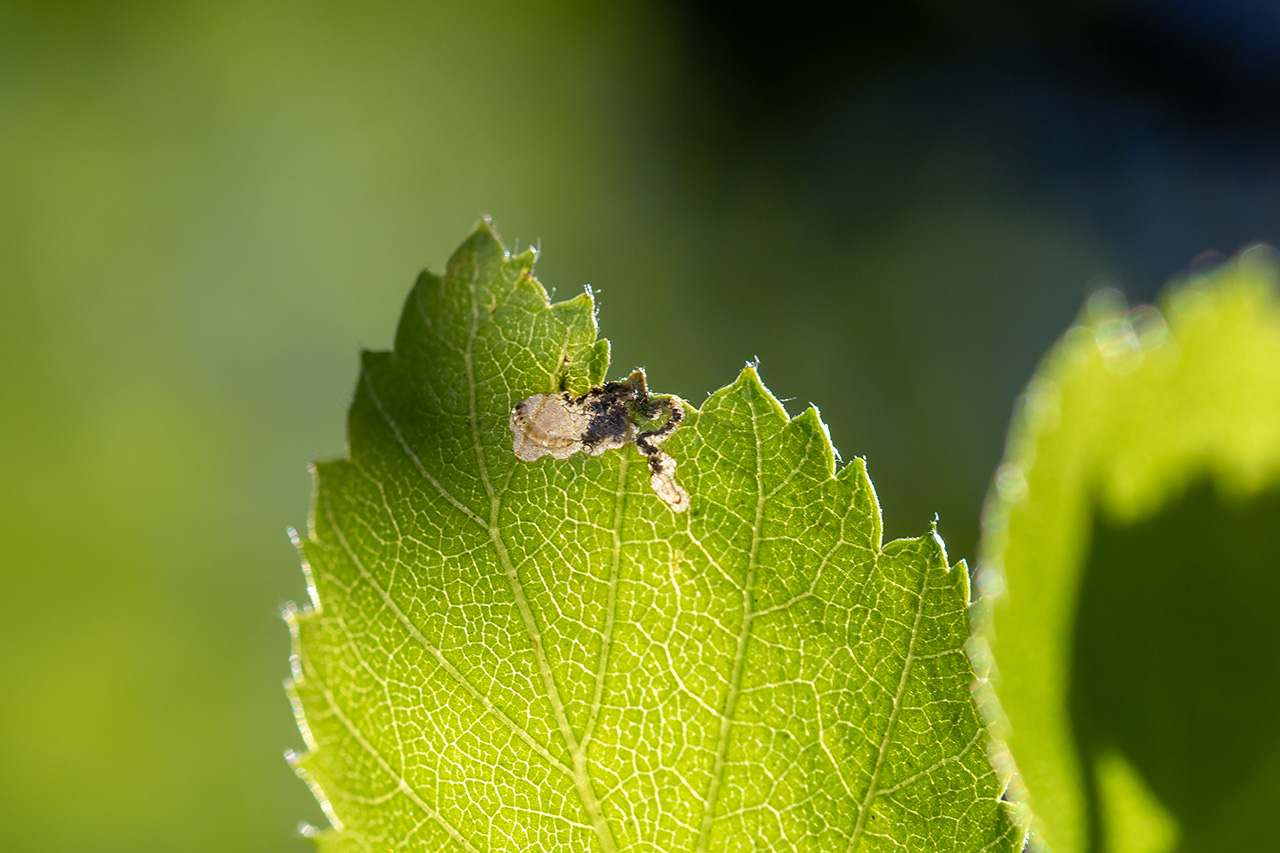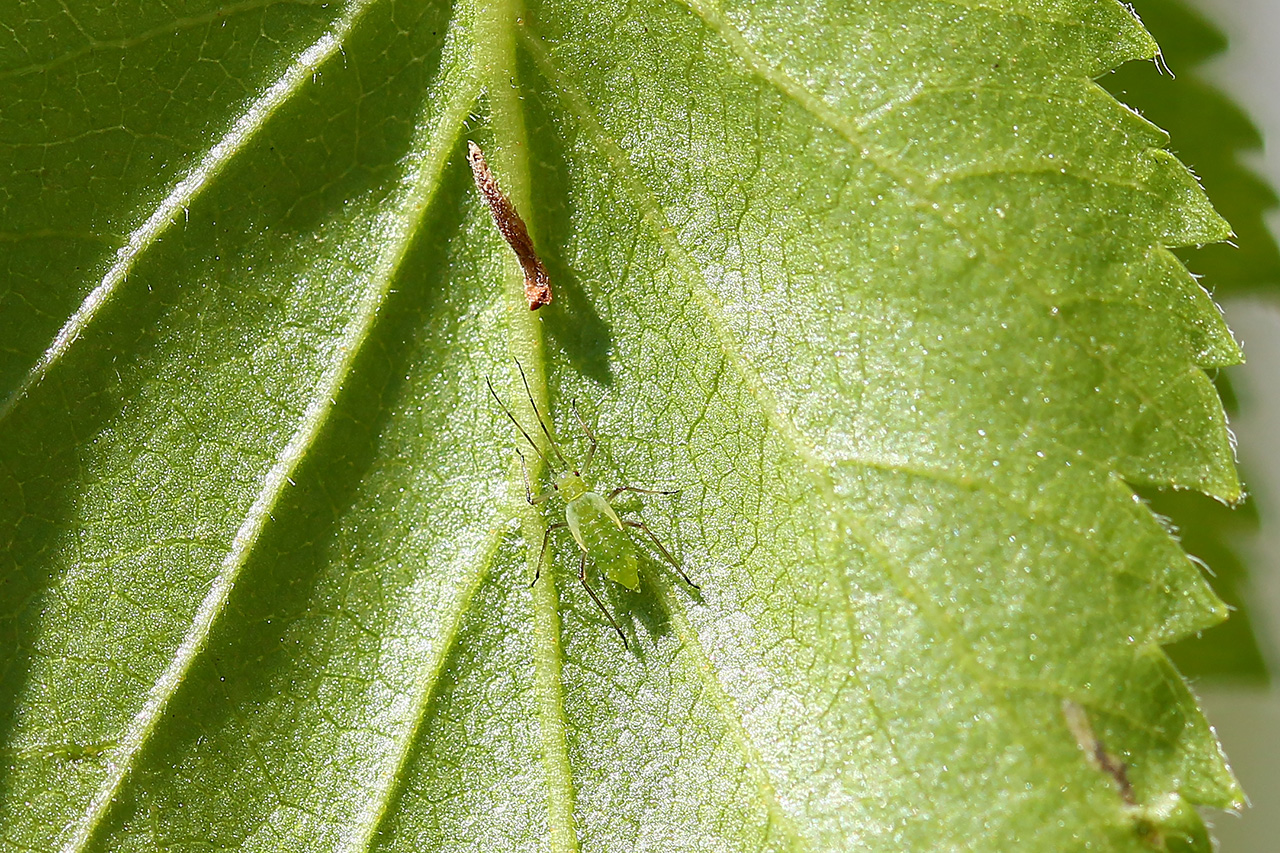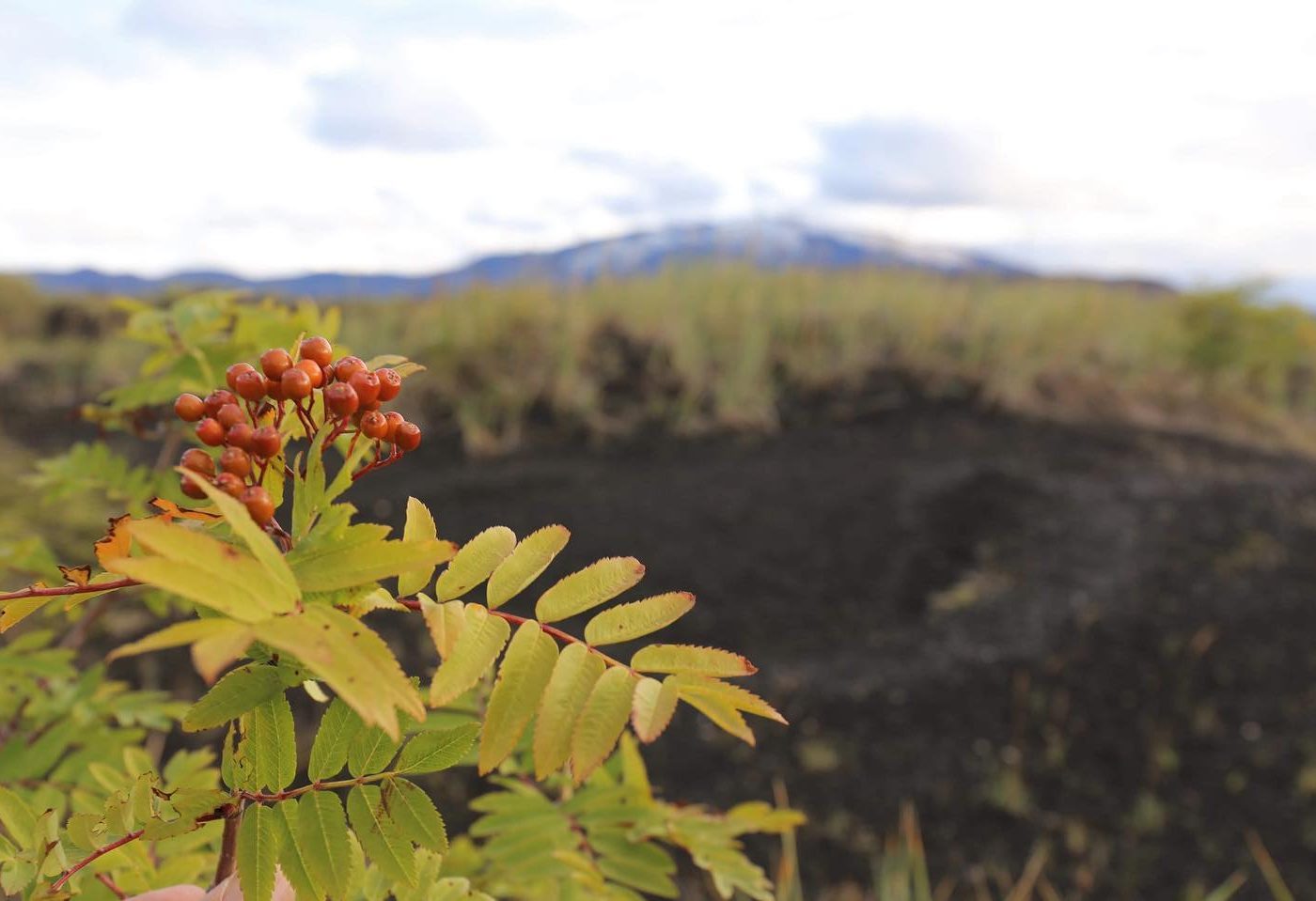Info on tree health and flowering requested
14th June 2024
It is now summer, and all forms of life are beginning to flourish, including various pests. The Land and Forest Iceland are kindly requesting information from individuals nationwide regarding the presence of pests on trees and other vegetation. Additionally, they are seeking updates on the flowering of tree species and an assessment of the likelihood of successful seed development this autumn.


As in previous years, the Icelandic public is kindly requested to provide information regarding the state of trees and forests they encounter, particularly noting any disturbances caused by insects or diseases, as well as any unusual appearances. This collaboration with both professionals and the general public nationwide has proven highly effective in recent years, and Land and Forest expresses its sincere gratitude to all who have contributed information thus far.
Did the cold snap have an effect?
The sudden cold weather that occurred in Iceland in early June may have affected a significant portion of the vegetation in the country. This may specially apply to areas in the north, where snowfall and sub-freezing temperatures were experienced, as well as other regions where cold winds could have impacted the newly emerged leaves. In light of this, we kindly request that individuals pay particular attention to any potential damage caused by these weather conditions.
Bugs already on the move
The primary insect species that infest trees have already emerged. For instance, white-spot purple larvae (Heringocrania unimaculella) have begun consuming birch leaves, and their presence will become increasingly noticeable in the upcoming weeks. Additionally, the brassy leaf beetle (Phratora vitellinae) has been observed in both black cottonwood trees and willows. Attached is a photograph captured a few days ago by Valgerður Erlingsdóttir, a forestry consultant based in South Iceland. The image depicts a flock of brassy leaf beatles in a South Iceland black cottonwood forest.


It would be beneficial to receive updates on the discovery of new pest infestations, particularly those that have been spreading nationwide in recent years. Examples include the aforementioned white-spot purple and the sawfly species Scolioneura betuleti, which attacks birch trees in a similar manner to the white-spot purple but later in the summer. Attached is an image of a minute white-spot purple larva that has begun consuming a birch leaf.


Flowering and seed development
In addition to pest-related data, we also gather information on any observed tree damage. Furthermore, Land and Forest Iceland specialists would appreciate any information on tree flowering and seed production prospects. Currently, birch trees seem to be blooming abundantly nationwide, indicating a potentially excellent seed year for birch. This seems at least to be the case in North Iceland. How is the situation in your region? In South Iceland, spruce trees appear to be blooming well this summer, suggesting the possibility of substantial seed production in the autumn as well. However, we seek information on other tree species and regions of the country. All contributions are welcome. For reference, the attached image depicts male and female flower catkins on Icelandic downy birch in June. The female catkins are erect, while the male catkins are pendant.


Photos are much appreciated as they can prove to be very useful for confirming diagnoses. All photos are stored in a database, which states the photographer. It is assumed that submitted photos may be used in lectures, of course with the photographer assigned. However, special permission will be requested if the intention is to use photos for any publication purposes, such as in publications in paper or on the web, if this is the case. Those who do not want their photos to be used for anything other than for data collection are asked to give a note on that.
For people's assistance on pest analysis, here is a brief summary that ecologist Edda Sigurdís Oddsdóttir compiled some time ago and contains photos of all the main insects that cause damage to trees in Iceland. The summary is based largely on information from the Natural History Institute’s informative bug web (www.ni.is), which is handy to explore if people want to learn more about the insects that are on the move.
Information on pests and damage to trees can be sent to Brynja Hrafnkelsdóttir, email: brynja.hrafnkelsdottir@landogskogur.is, or Helga Ösp Jónsdóttir, email: helga.o.jonsdottir@landogskogur.is.
Below is a photo of a downy birch aphid (Euceraphis punctipennis) spotted on a birch tree in Akureyri this week. That species is not in any way a serious pest and does not cause significant damage to the trees.



